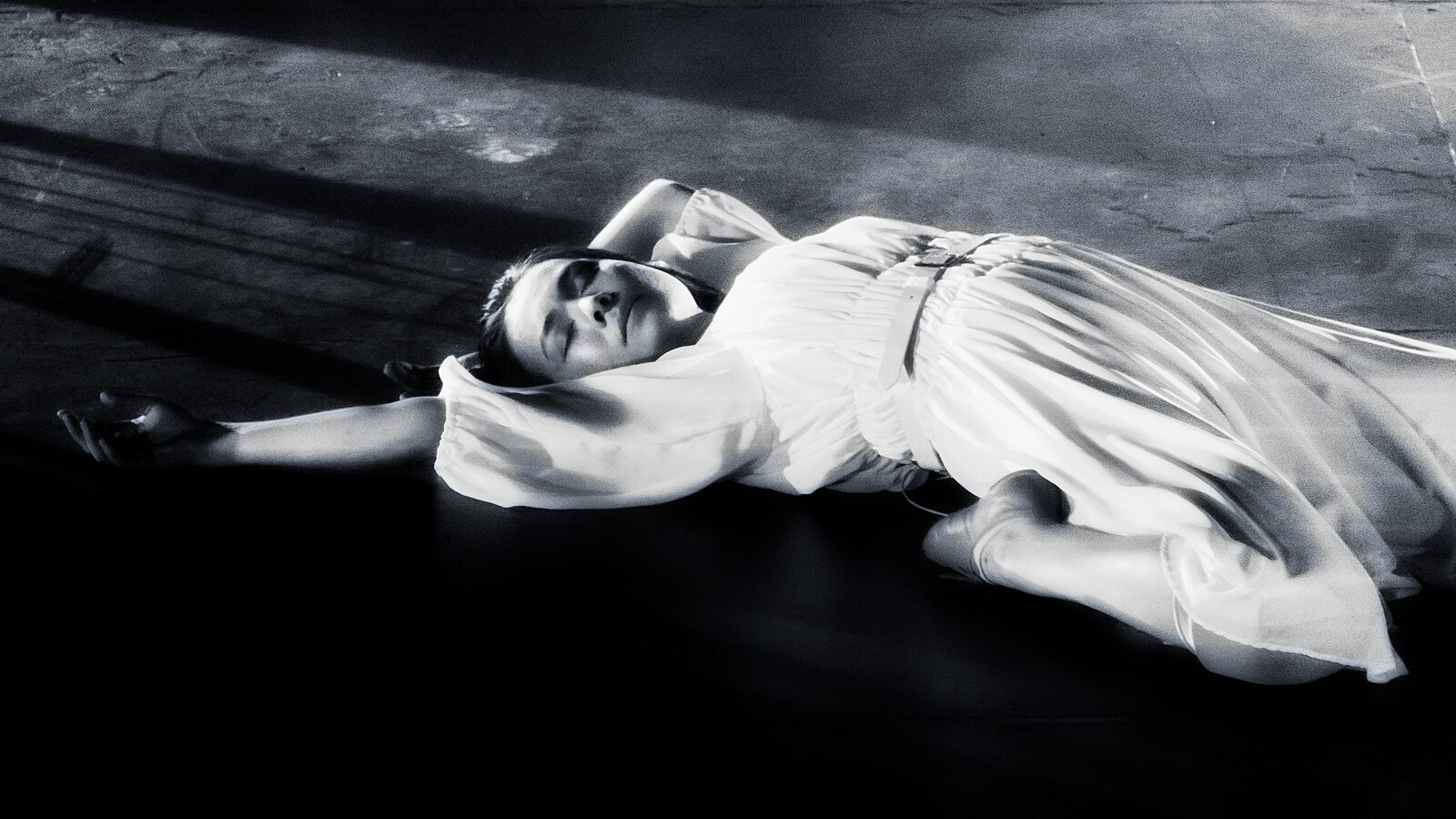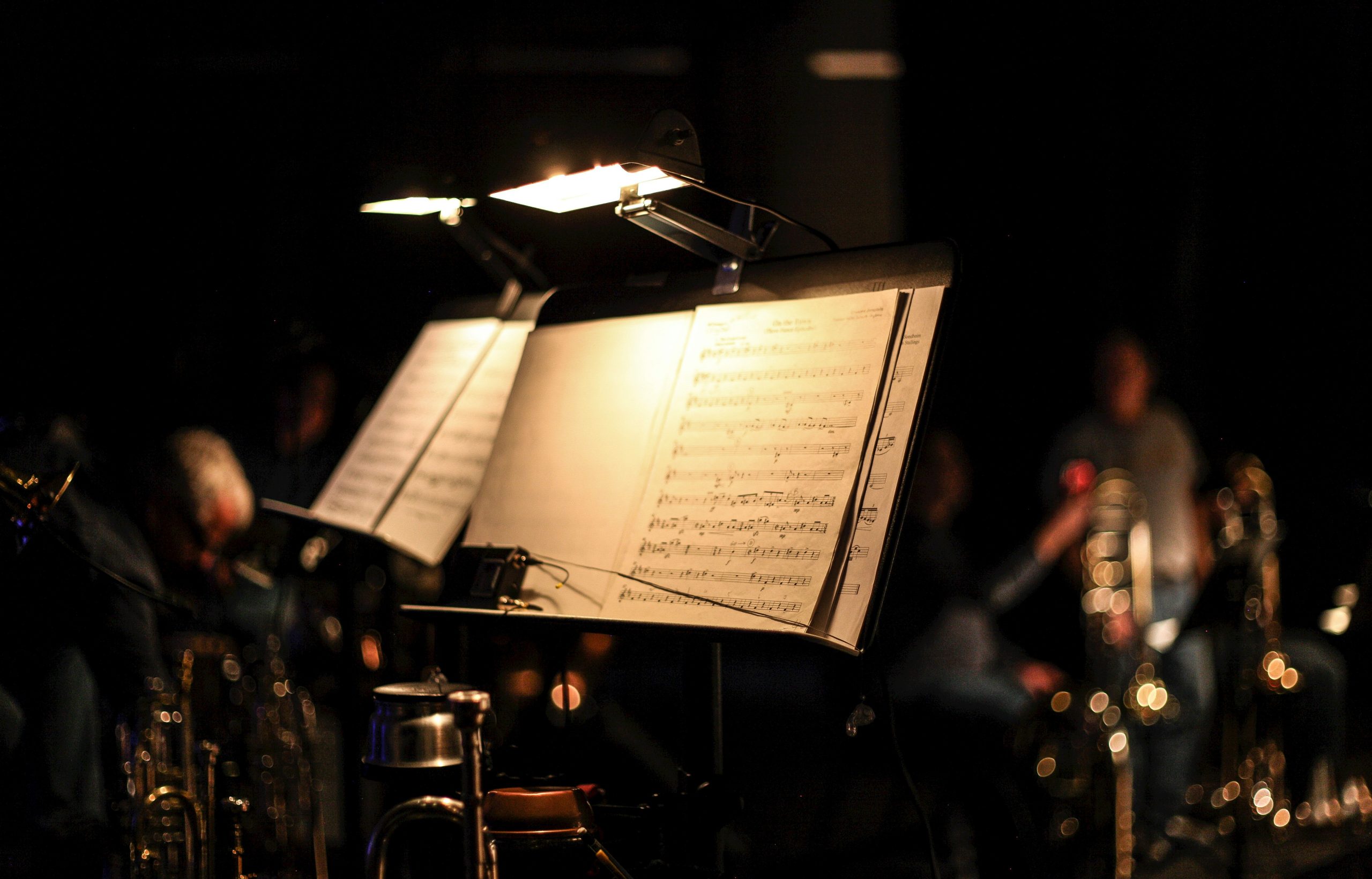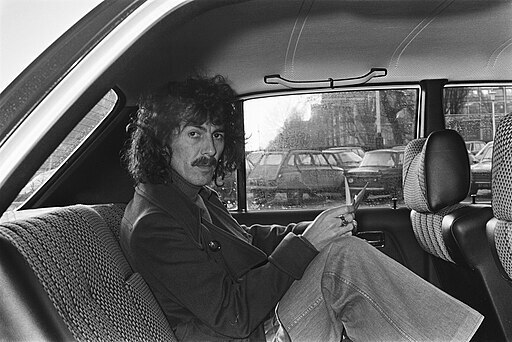news
Music Ho!

Music Ho! A Study of Music in Decline (1934), by the forgotten British composer, conductor and critic Constant Lambert, superficially resembles a kind of polemic familiar to twentieth-century readers: the Modern Art Jeremiad. The Modern Art Jeremiad, whose prototype is probably Max Nordau’s Degeneration (1895), means to expose the sterility, rootlessness, pseudo-egalitarianism, elitism, and lack of craftsmanship in modern painting or sculpture or architecture or dance or literature –and to tie these flaws to deeper flaws in modern life.
The writer of the Jeremiad is almost always an outsider and often an amateur or non-practitioner; his tone is caustic and usually reactionary; the writer maintains a bitterly satirical approach, world-weary yet not morally compromised–the knowing adult in the guise of the not-yet illusioned child, fearlessly exposing the Emperor’s New Clothes.
Often another artist, usually unfashionable or little-known and by general standards faintly risible, is held up as a healthy alternative to the decadence of other modern artists.
Examples of the Modern Art Jeremiad might include Tom Wolfe’s The Painted Word and From Bauhaus to Our House, Philip Larkin’ s All What Jazz, Bryan Griffin’s Panic Among the Philistines, B.R. Myers’s A Reader’s Manifesto.
One of the ways Music Ho! differs from these works is in that its author was a practitioner and an insider, perhaps the insider in the interwar period in British music. Lambert was a prodigy who wrote his first major work at twenty, a ballet called Romeo and Juliet, commissioned by Diaghilev. He was a student of Vaughan Williams and friend of William Walton’s. He conducted the orchestra of the leading British ballet company, Sadler Wells, for over ten years. In 1946, the distinguished critic E.J. Dent called Lambert “perhaps the best all-round musician we have now.”
“The theme of the book is modern music in relation to the other arts and in relation to the social and mechanical background of modern life,” Lambert writes in the preface to the first edition.
The revolutionary prewar innovations of Debussy, Schoenberg and Stravinsky have given way to an age of pastiche, an obsession with the music of the past which is, paradoxically, a uniquely modern preoccupation:
When speed and familiarity have reduced traveling in space to the level of the humdrum those in search of the exotic will have to travel in time, and this is what has happened in music.
It is a mistake to think that modern taste is really represented by Corbusier rooms, furnished with fitting mechanical austerity. Modern taste is to be found far more in the typical post –war room, in which an Adam mantelpiece is covered with negro masks while Victorian wool-pictures jostle the minor Cubists on the wall.
In a typically lively passage, Lambert makes explicit the link between the jumbled quality of modern taste and that of modern music, in the form of the French composer Poulenc:
The chic chaos of the type of room described above is reflected in the music of such a composer as Poulenc…[who] does not write in any particular style that he fancies to be fashionable at the moment , but in every style of the past and present that is not actually frowned on as pompous and outmoded.
The easy charm of the folk song, the gay allure of the military band, the sparkle of the eighteenth century, the ‘amusing’ sentimentality of the nineteenth, the spicy harmonies of our time, the saccharine smile of the prostitute , the extended tongue of the gamin….all are paraded before us with bewildering rapidity, and the changes of style are executed with such abruptness that not even the most lynx-eared of the fashionable cheka who are the self-appointed arbiters of vogue has the time to exclaim: ‘a little dated-don’t you think?’
Beautiful, no? That long periodic sentence, that huge balloon-breath deflated with the perfect little pinprick.
Postwar composers have, according to Lambert, embarked on a largely futile quest for abstraction in music, for music that is not connected to emotion or dependent on the extramusical for its significance. Only Satie, that eccentric minor composer, is able to create a purely abstract music. His habit of writing pieces in groups of three (like his best-known work, the Gymnopedies) reflects ‘his peculiarly sculpturesque views of music….when we pass from the first to the second Gymnopedie…it is as though we were to move slowly round a piece of sculpture.” Satie’s attempt to treat music as if it were sculpture is for Lambert one of the few successful efforts to find a substitute for the emotion-based dramatic development found in the sonata form.
Lambert has an always-illuminating pan-artistic approach to music: he points out that the dances, the valse, polka, and march, in Stravinsky’s most famous ‘abstract’ work, l’Histoire de Soldat, are no more meant for actual dancing than the newspapers in a collage by Picasso are meant to be read.
Stravinsky’s neoclassicism is based on a misapprehension of the classical style: the composer consistently mistakes the ornamental–the sequences , cadences, appogiatuaras–for the heart of the music.
Lambert goes on to explore the dead-end of nationalism in music, taking a swipe at his former teacher, Vaughan Williams (“once you have played a folk tune once, all you can do is play it again, and louder…” ). He casts a skeptical eye on the cult of the exotic and music and the school of symphonic jazz (though he has high praise for Duke Ellington). He deplores the ’mechanical picturesque,’ the attempt to bring mechanical romanticism to music.
He has this striking, counterintuitive observation about atonal music:
…the more we free ourselves from tonal prejudice…the less appeal atonalism will have, because it is based on a direct reversal of academic method. Like blasphemy, it requires a background of belief for its full effect.
He predicts (correctly) that the listening public will in the future be divided into a mass audience for popular music and a tiny niche audience for the works of the contemporary composer (though Lambert failed to foresee that the contemporary composer would be almost entirely subsidized by the academy).
The solution to the cul-de-sac faced by contemporary composers lies in the music of……..Sibelius.
Sibelius [is]…the first great composer since Beethoven whose mind thinks naturally in terms of symphonic form.
Really? This is true only if we ignore the stupefying omission of Mahler, an incomparably greater and more innovative composer than Sibelius.
Turning to Lambert’s music, especially his best-known work, The Rio Grande, we find not austere Sibelius-like symphonic works, but a composition that is closer in its silliness and high-spirited eclecticism to Poulenc, music that is as sturdily well-made and charmingly of its time as a chromium-and-Bakelite cocktail shaker.
And according to Lambert’s biographer, Lambert indulged in the Twenties fashion for the sexually exotic, drank like a fish and musically and otherwise reveled in the very things he deplores in Music Ho!
What gives Music Ho! its enduring appeal is that Lambert was, unlike most Jeremiahs, more than half in love with the qualities of modern life and modern music that he inveighs against. Only by surrendering to their appeal can he really bring them to life.
This is perhaps one of the paradoxes of art: ambivalence and a divided nature and hypocrisy and self-indulgence lead to unhappiness in life, but in art they can lead to work of enduring vividness.
While some of the composers Lambert mentions are forgotten (who remembers Bernard Van Dieren or the dilettante aristocrat Lord Berners?), this intensely personal work endures as a prime example of what Wilde, in his famous dialogue The Critic as Artist described as autobiographical criticism:
That is what the highest criticism
really is, the record of one’s own soul. It is more fascinating
than history, as it is concerned simply with oneself. It is more
delightful than philosophy, as its subject is concrete and,
real and not vague. It is the only civilised form,
as it deals not with the events, but with the thoughts of one’s life….
Like the works of great critic (or what a Gramscian might call “hegemonic journalists”) from Dr. Johnson onward, it is not judgments we remember as much as the imprint of the voice, an imprint that is the record of an unresolved internal battle.
* * *
John Broening’s Column Note.
— John Broening is a chef and writer based in Denver, Colorado. His work has appeared in the Baltimore Sun, the Baltimore City Paper, Gastronomica, Edible Front Range, and the Denver Post, for whom he writes a weekly column about food.









